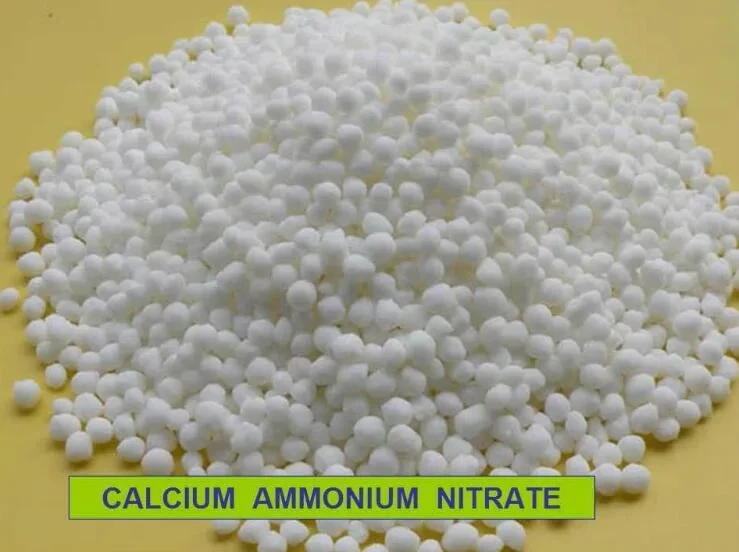



sodium bisulfate pool use
The Use of Sodium Bisulfate in Swimming Pools
Sodium bisulfate, commonly referred to as dry acid, plays a crucial role in pool maintenance and water quality management. It is primarily utilized to lower the pH levels and total alkalinity of swimming pool water, ensuring that the environment remains safe and comfortable for swimmers. This versatile compound is a key player in maintaining optimal water chemistry, promoting a healthier swimming experience.
Understanding pH and Total Alkalinity
The pH level of pool water is a measure of its acidity or alkalinity. Ideally, the pH should maintain a range between 7.2 and 7.8. If the pH level rises too high, it can lead to various issues, including cloudy water, scaling on pool surfaces, and skin or eye irritation for swimmers. Total alkalinity works hand in hand with pH, acting as a buffer to prevent rapid changes in pH levels. A balanced total alkalinity level (80-120 ppm) helps sustain stable pH, which is crucial for the effectiveness of chlorine and other sanitizers.
Benefits of Using Sodium Bisulfate
1. Effective pH Reduction Sodium bisulfate is highly effective at reducing elevated pH levels. When added to water, it dissociates and releases hydrogen ions, which directly lower the pH. By using sodium bisulfate, pool owners can quickly correct high pH levels and restore the balance necessary for a safe swimming environment.
2. Ease of Use One of the significant advantages of sodium bisulfate is its ease of application. It is available in a dry powder form, making it simple to measure and distribute evenly across the pool surface. Users should follow the manufacturer's instructions for dosage based on the pool's volume and current pH levels to achieve optimal results.
3. Safety Compared to other acidic chemicals used for pH reduction, sodium bisulfate is considered safer. It is less likely to cause damage when handled properly and is less corrosive than liquid acids, such as muriatic acid. However, it’s still essential to wear protective gear, such as gloves and goggles, when handling this substance.
4. Compatibility Sodium bisulfate is compatible with a variety of pool sanitizers and chemicals, making it an ideal choice for regular pool maintenance. It does not introduce unwanted contaminants or byproducts into the pool water, ensuring that the water remains clear and safe for swimmers.
5. Cost-Effective Sodium bisulfate is generally more affordable than many other pool chemicals. Its effectiveness in maintaining proper water chemistry means that pool owners can save money in the long run by reducing the need for additional treatments or corrective measures due to imbalanced water conditions.
sodium bisulfate pool use

How to Use Sodium Bisulfate
To use sodium bisulfate effectively, follow these steps
1. Test the Water Before any chemical application, it's crucial to test the pool water using a reliable test kit. Measure the pH and total alkalinity levels to determine if sodium bisulfate is necessary.
2. Calculate Dosage Based on the water test results, calculate the appropriate amount of sodium bisulfate needed to achieve your desired pH level. Most products provide a guideline on dosage per 10,000 gallons of water.
3. Dissolve and Add For best results, dissolve the recommended amount of sodium bisulfate in a bucket of water before adding it to the pool. This prevents the chemical from settling on the bottom and ensures even distribution.
4. Wait and Retest After adding sodium bisulfate, allow the water to circulate for several hours before retesting the pH level. Adjust further if needed, but avoid making drastic changes all at once.
5. Regular Monitoring Regularly test the pool water to ensure that pH and alkalinity levels remain balanced, particularly after heavy rainfall, bather loads, or adding fresh water.
Conclusion
Sodium bisulfate is an essential tool for any pool owner looking to maintain a safe and enjoyable swimming environment. Its effectiveness, ease of use, and safety make it a preferred choice for managing pH levels in swimming pools. By understanding how to use sodium bisulfate correctly, pool owners can enhance the longevity of their investment and create a pleasant experience for all swimmers.
-
Why Sodium Persulfate Is Everywhere NowNewsJul.07,2025
-
Why Polyacrylamide Is in High DemandNewsJul.07,2025
-
Understanding Paint Chemicals and Their ApplicationsNewsJul.07,2025
-
Smart Use Of Mining ChemicalsNewsJul.07,2025
-
Practical Uses of Potassium MonopersulfateNewsJul.07,2025
-
Agrochemicals In Real FarmingNewsJul.07,2025
-
Sodium Chlorite Hot UsesNewsJul.01,2025










